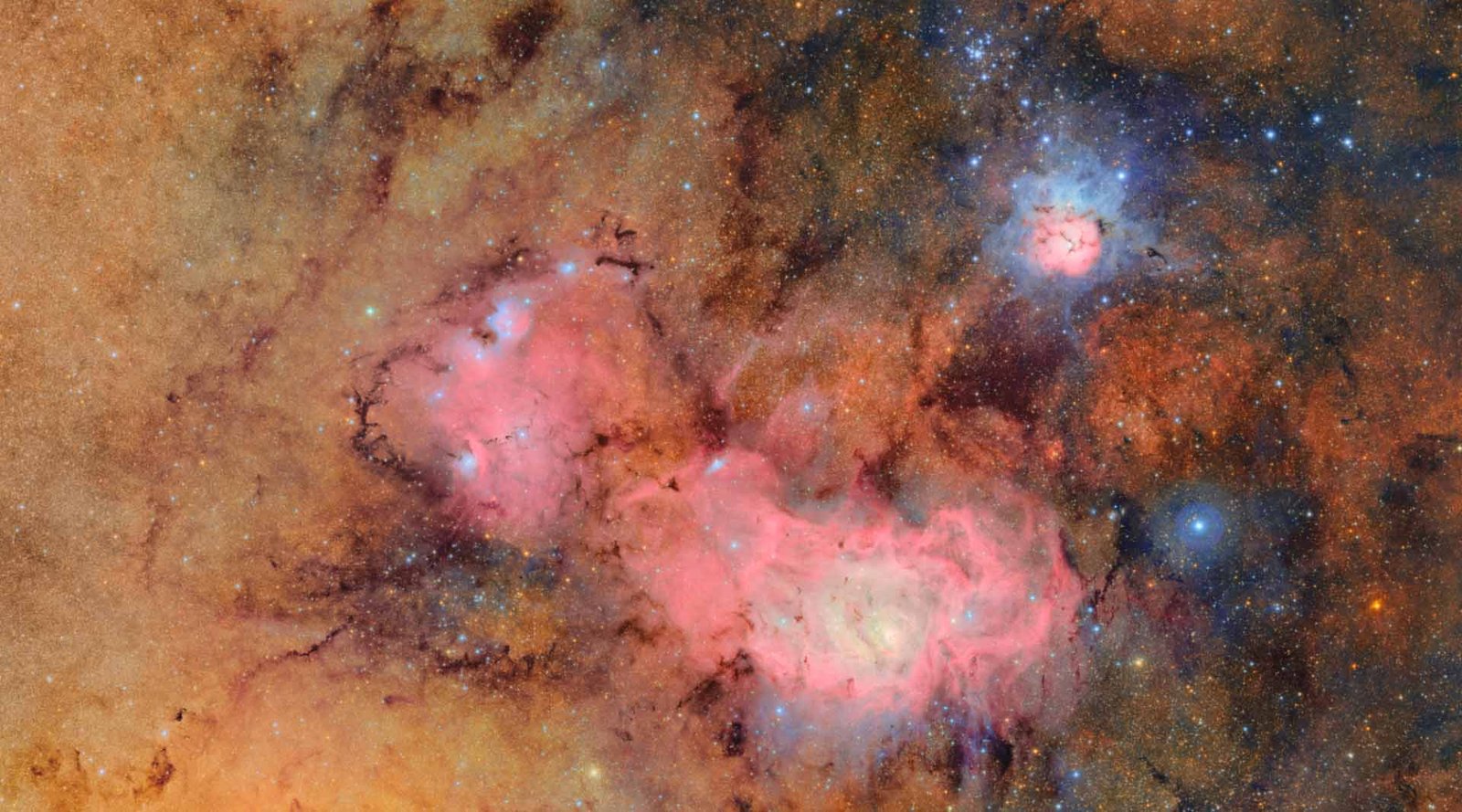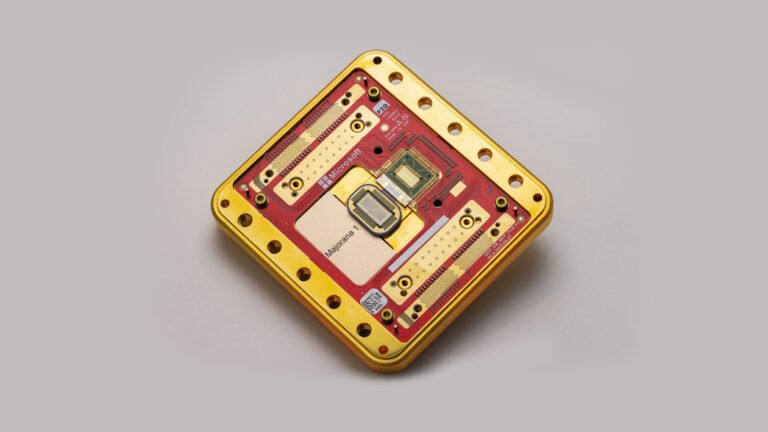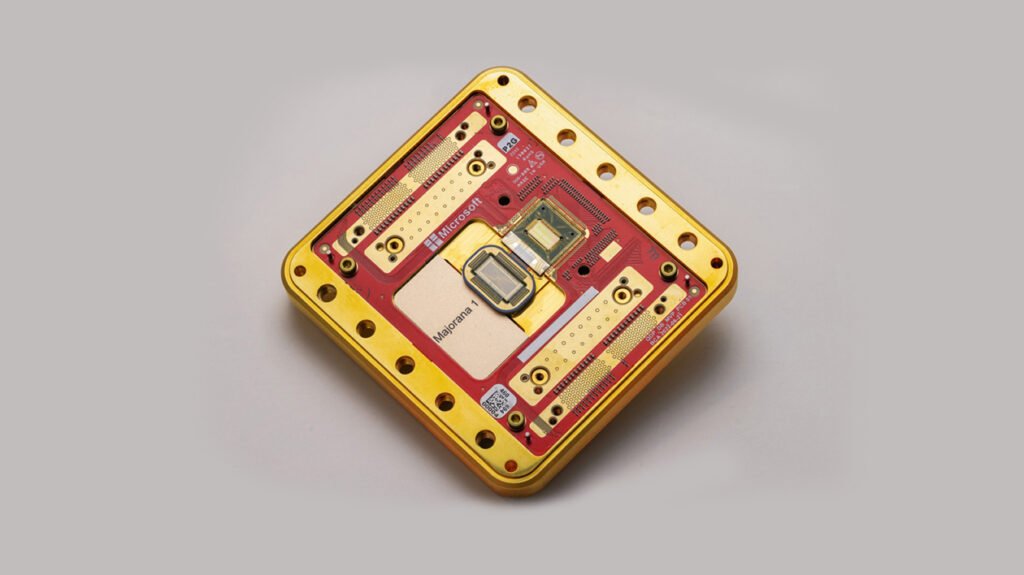The universe has just opened up to us in unprecedented detail. On June 23, 2025, the Vera C. Rubin Observatory in Chile unveiled its eagerly anticipated first images, captured by the largest digital camera ever built for astrophysics. This momentous event marks the dawn of a new era in astronomy, promising to revolutionize our understanding of the cosmos. These inaugural Vera Rubin Observatory images are merely a glimpse. They foreshadow a decade of groundbreaking discoveries. They will also unravel mysteries surrounding dark matter and dark energy.
Vera Rubin Observatory Images: The Breakthrough Unveiled
The world watched as the Vera C. Rubin Observatory released its initial cosmic snapshots. These “first light” images showcase stunning views of the Trifid and Lagoon nebulae. They also reveal intricate details within the Virgo Cluster. These breathtaking visuals are a direct result of the observatory’s groundbreaking technology. At its heart lies the Legacy Survey of Space and Time (LSST) Camera. This instrument is truly a marvel of engineering. It boasts an astonishing 3,200-megapixel resolution. It is the largest digital camera ever constructed for such purposes. Its debut images demonstrate the observatory’s incredible capabilities. The Vera Rubin Observatory images have already identified thousands of previously unknown asteroids in just hours of test observations, hinting at the vast discoveries to come.
The World’s Largest Camera: A Glimpse into Deep Space
Perched atop Cerro Pachón in Chile, the Vera C. Rubin Observatory houses the colossal LSST Camera. This instrument is roughly the size of a compact car. It weighs over 3,000 kilograms. This massive camera can capture a vast expanse of the night sky. In a single exposure, it images an area equivalent to about 40 full moons. Its focal plane, comprising 189 highly sensitive CCD sensors, collects light across six different spectral bands. This unprecedented field of view, combined with rapid imaging capabilities, allows the observatory to survey the entire southern sky every three to four nights. This systematic approach will create an unparalleled “time-lapse movie” of the universe. This will enable astronomers to track cosmic changes as they unfold.
Mapping the Cosmos: Billions of Galaxies and Dark Matter Clues
The primary mission of the Vera C. Rubin Observatory is the 10-year Legacy Survey of Space and Time (LSST). This ambitious project aims to map approximately 20 billion galaxies. These vast cosmic surveys will provide critical data. This data will help scientists tackle some of the universe’s most profound mysteries. A central objective is to understand the enigmatic nature of dark matter and dark energy. These invisible components constitute about 95% of the universe. They exert gravitational influence but do not interact with light. By meticulously charting the distribution and evolution of galaxies over a decade, astronomers hope to find definitive clues about these elusive phenomena. The insights gained from these comprehensive Vera Rubin Observatory images could reshape our fundamental understanding of cosmology.
Anticipated Scientific Breakthroughs from Vera Rubin Observatory Images
The scientific potential of the Vera C. Rubin Observatory extends far beyond dark matter and dark energy. Its rapid, wide-field surveys will enable a cascade of discoveries. Scientists expect to identify millions of new asteroids and comets within our solar system, enhancing planetary defense efforts. The observatory will also detect transient celestial events with unprecedented frequency. It is projected to find thousands of new supernovae (exploding stars) every single night. This is a dramatic increase compared to current rates. By building an exhaustive, high-resolution map of the changing night sky, the observatory will provide invaluable data. This data will allow researchers to study galactic evolution, stellar dynamics, and potentially uncover entirely new cosmic phenomena. The sheer volume of data, estimated at 20 terabytes per night, will drive new analytical techniques, including advanced AI, further accelerating scientific progress.
Conclusion: A Glimpse into the Universe’s Deepest Secrets
The debut of Vera Rubin Observatory images marks a monumental achievement in astronomical exploration. This new facility, with its record-breaking camera, is poised to deliver an unparalleled view of our universe. From charting billions of distant galaxies to hunting for the elusive evidence of dark matter, its decade-long mission promises to transform our cosmic understanding. The legacy of Vera C. Rubin, a pioneer in dark matter research, lives on through an observatory designed to answer the very questions she bravely pursued. This cutting-edge observatory offers us more than just stunning pictures. It provides an extraordinary window into the dynamic and mysterious forces shaping the cosmos, inspiring generations of astronomers and stargazers alike.
For more news and updates, please visit PFM Today.













